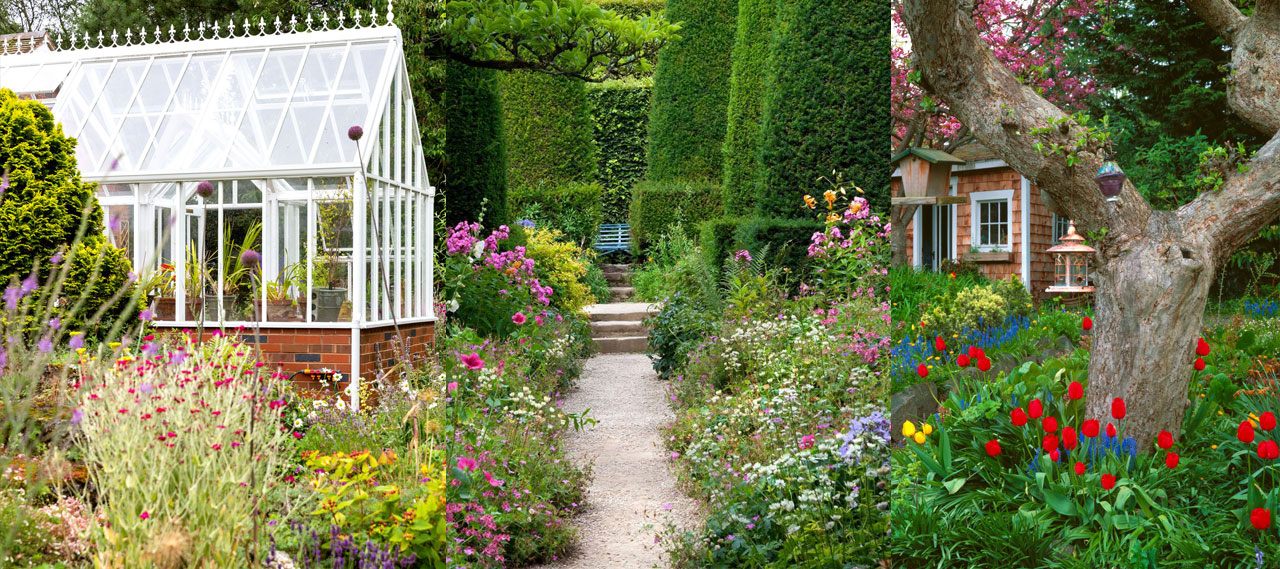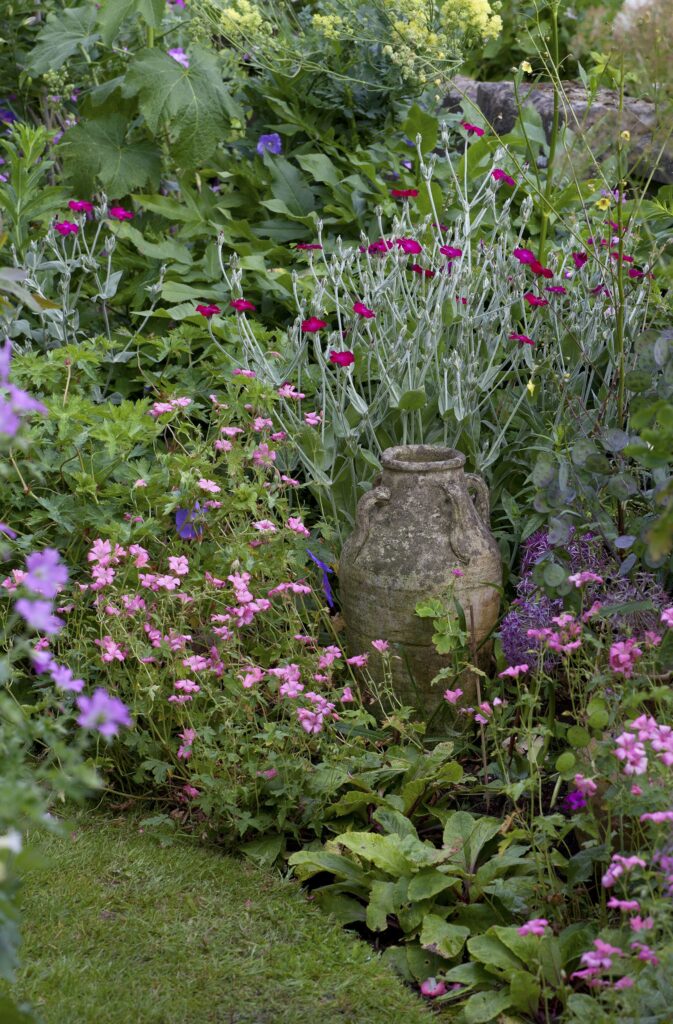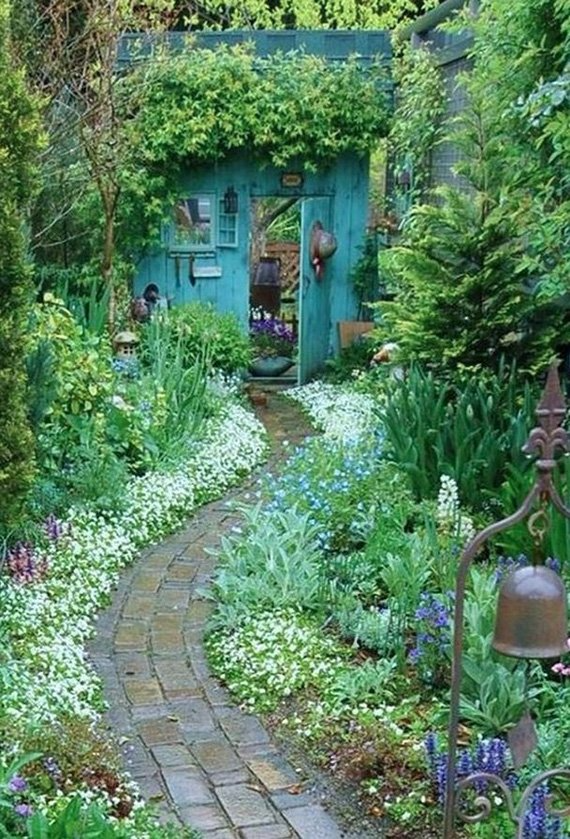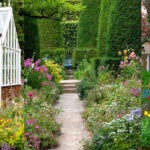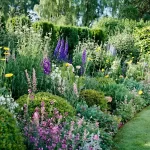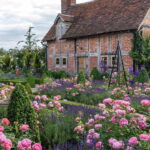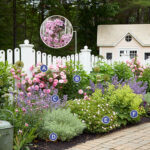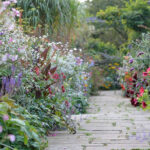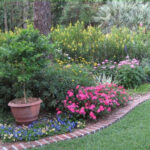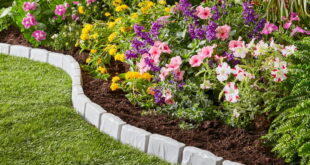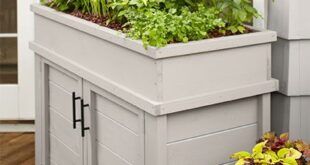Cottage gardens are a charming and picturesque style of gardening that have been popular for centuries. These informal and romantic gardens are characterized by their lush and densely planted beds filled with a mix of flowers, herbs, fruits, and vegetables. Originating in England during the 18th and 19th centuries, cottage gardens were typically found in rural areas surrounding small cottages.
One of the key features of cottage gardens is their whimsical and slightly wild appearance. Unlike more formal garden styles, such as French or Italian gardens, cottage gardens embrace a more natural and relaxed aesthetic. Plants are often allowed to grow freely and intermingle, creating a riot of color and texture that is both beautiful and inviting. This informal approach to gardening allows for a more diverse range of plant species to be grown together, providing a rich and varied landscape.
Cottage gardens are typically designed to be low-maintenance and sustainable, using practical and traditional techniques such as companion planting and crop rotation. By planting a mix of flowers, herbs, and vegetables together, cottage gardeners can naturally deter pests and attract beneficial insects, creating a harmonious ecosystem within the garden. Additionally, the use of heirloom and open-pollinated seed varieties helps to preserve the biodiversity of plant species and ensure a healthy and resilient garden for years to come.
The plants commonly found in cottage gardens are chosen for their charm, fragrance, and usefulness. Old-fashioned favorites such as roses, lavender, hollyhocks, and peonies are often featured prominently, along with a variety of culinary herbs such as thyme, sage, and rosemary. Fruits and vegetables like strawberries, raspberries, and tomatoes are also popular choices, adding both beauty and functionality to the garden. These plants are often arranged in a loose and informal manner, allowing them to grow and blend together in a harmonious display of color and texture.
The sense of abundance and diversity in cottage gardens is further enhanced by the use of decorative elements such as arbors, trellises, and rustic furniture. These structures provide support for climbing plants like roses and clematis, while also adding vertical interest and creating secluded nooks and alcoves within the garden. Other decorative touches, such as whimsical signs, vintage containers, and quaint pathways, help to enhance the rustic and romantic charm of cottage gardens, creating a welcoming and enchanting outdoor space for relaxation and enjoyment.
Overall, cottage gardens offer a delightful and enchanting alternative to more formal and structured garden styles. Their informal and romantic character, combined with their practical and sustainable approach to gardening, makes them a popular choice for gardeners seeking a more natural and harmonious connection with the land. Whether in a small backyard or a sprawling country estate, cottage gardens have a timeless and enduring appeal that continues to captivate and inspire gardeners around the world.
